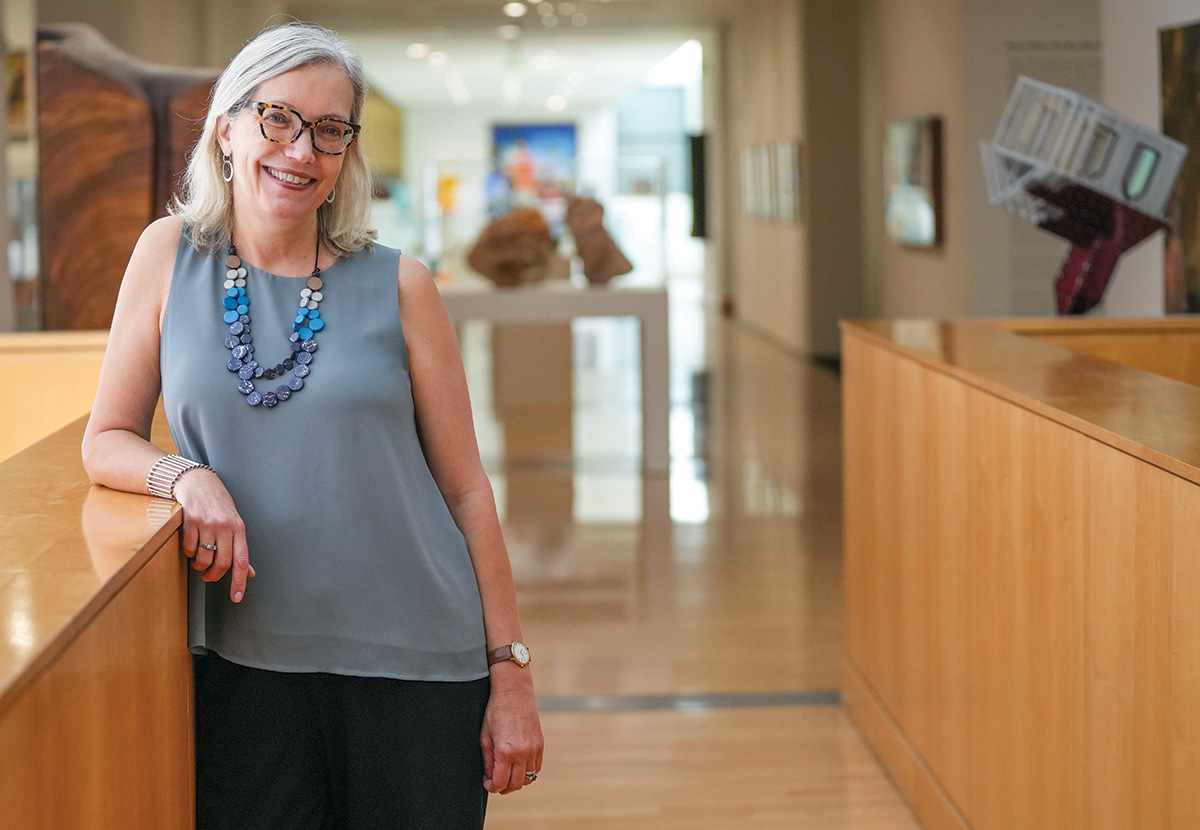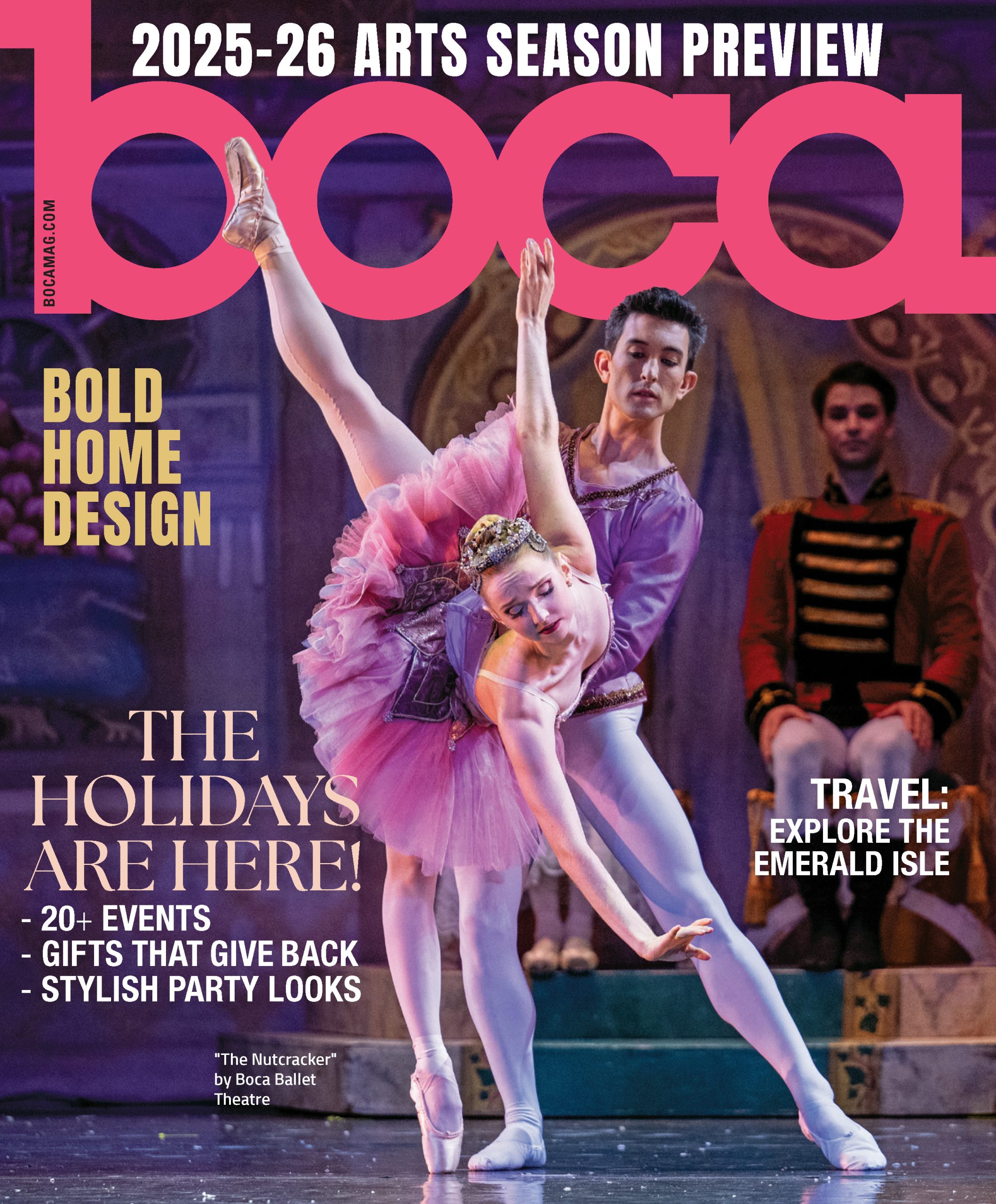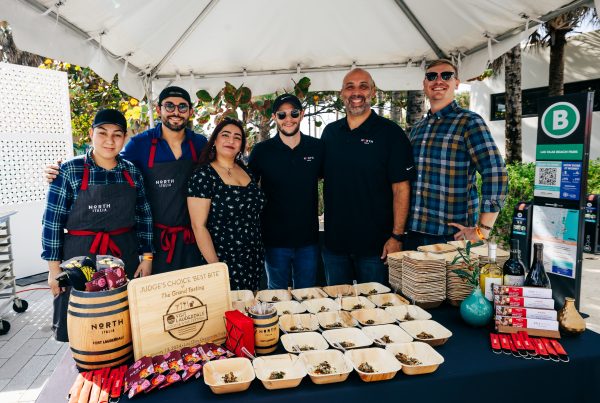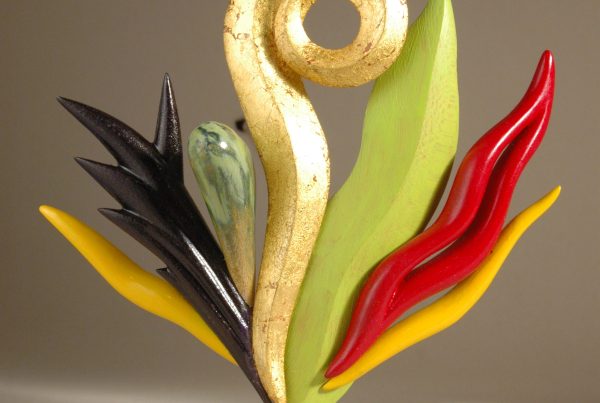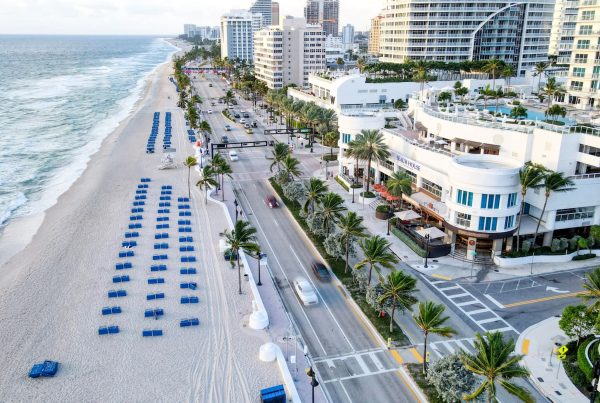Growing up in Bucharest, Romania, Ena Heller was surrounded by the vocations that still consume her as the new director of the Boca Raton Museum of Art: history and art. As the child of academics—her father was a university professor, her mother a linguist—she was raised in an environment that fostered cultural engagement.
“My mom was an avid art lover and museumgoer, and she would take us to museums and galleries since we were very little,” Heller recalls. “She also had a wonderful art library at home, so I grew up with that, and I grew up with history, because my dad was a third-generation historian in the family. The joke was that I was supposed to be the fourth-generation historian in the family, but I defected to art history, and became an art historian.”
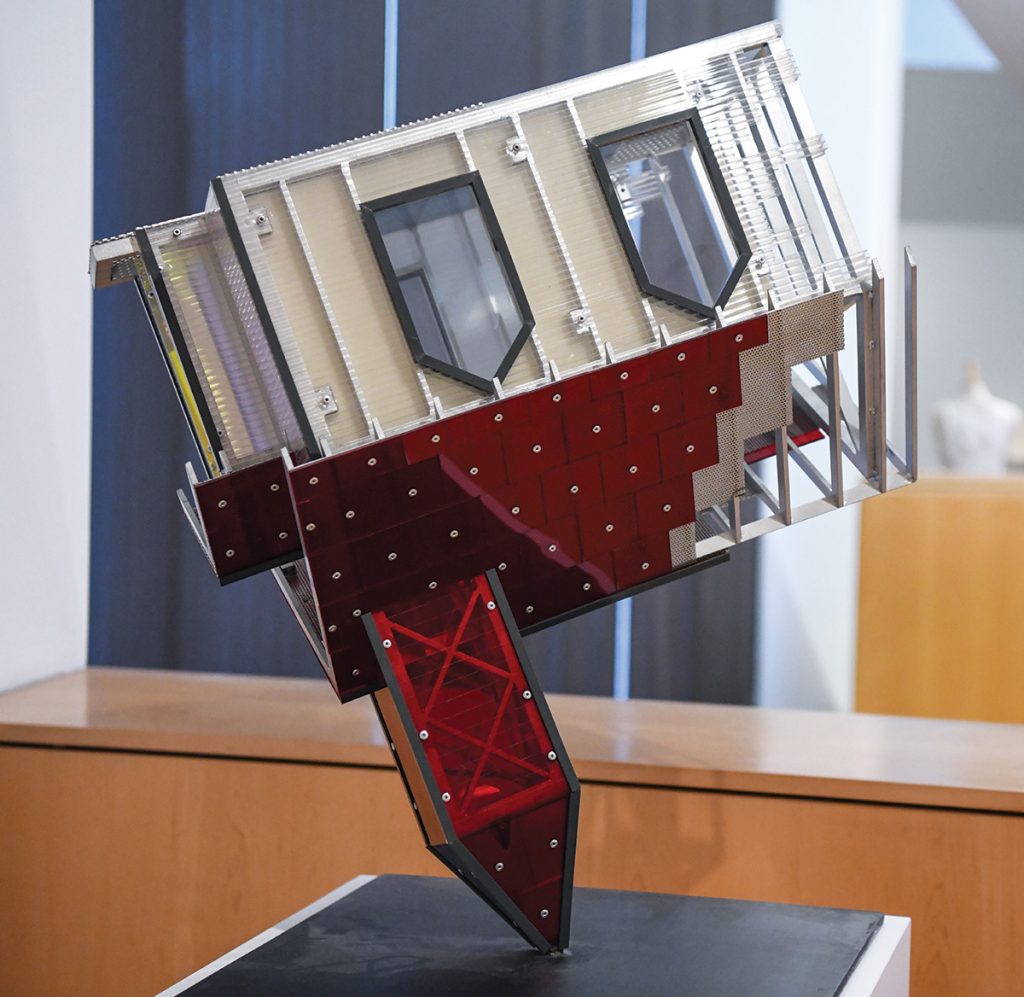
Heller received her bachelor’s degree in Art History and Museum Studies at the Institute of Fine Arts Nicolae Grigorescu (now the Bucharest National University of Arts) in Bucharest in 1988 before her family fled to the U.S. as political refugees. “My father took a stand against the regime’s effort to destroy our country’s history and patrimony,” she says. “They were demolishing entire historical neighborhoods in Bucharest to build nondescript apartment buildings in an effort to eliminate one-family homes and any private property. So he was blacklisted, and eventually we were allowed to leave, as the U.S. had granted us political asylum.”
Heller continued her arts education stateside, earning her master’s and Ph.D. in Art History from the Institute of Fine Arts at New York University. Her first museum directorship came in 2005, when she began a more than seven-year stint helming the Museum of Biblical Art in New York, which she left for a 12-year tenure at the Rollins Museum of Art in Central Florida. At the museum, affiliated with Rollins College in Winter Park, Heller oversaw more than 1,300 new acquisitions to the museum’s collection, quadrupled its visitor numbers, and spearheaded a $30 million capital campaign for a new facility for the museum.
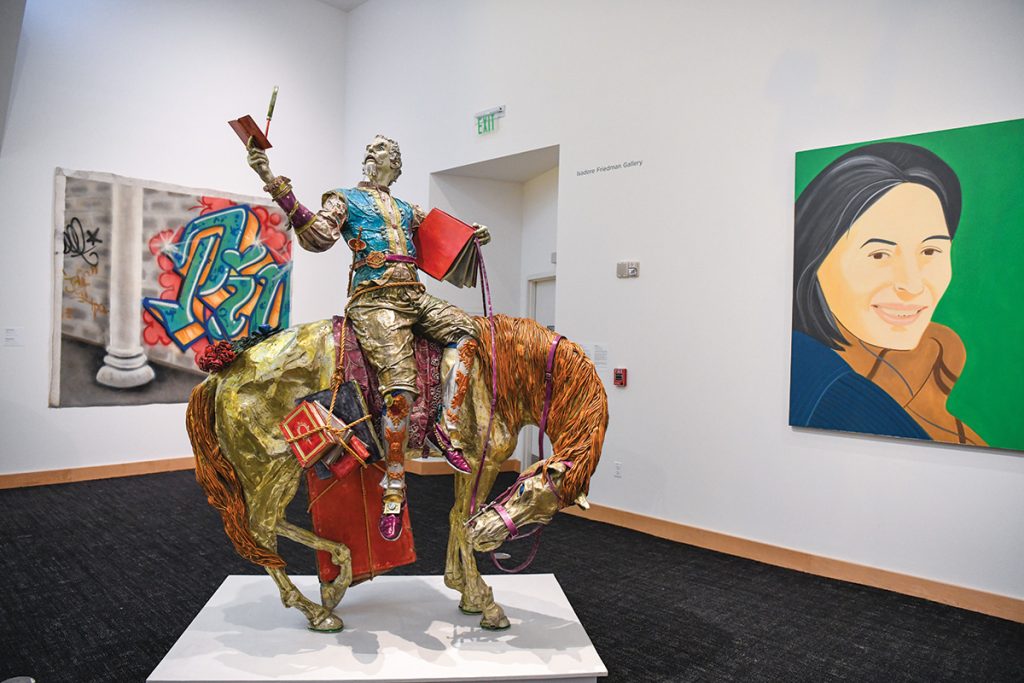
She hopes to achieve similar success here in Boca, where she succeeded Irvin Lippman as director in February, following the latter’s 10-year stewardship of the museum. As Boca Museum Board Chair John DesPrez III noted in the announcement of Heller’s appointment, “the Board engaged PBR Executive Search, which undertook a national search to identify and recruit the right leader for the Museum. As it turned out, our chosen candidate was only 200 miles away.”
In the announcement of your appointment, you said, “the museum is at an inflection point in its institutional history.” What did you mean by that?
There’s an argument to be made for museums in general, but the Boca Raton Museum of Art has been here for 75 years. We have served with distinction this community. But I believe that this museum can offer so much more in the next 75—or 175—years, hopefully. And I think that ties into the particular moment that our museums nationwide, and probably worldwide, are going through.
Post-COVID and post- the social movement that started in 2020, there has been, in the leadership of museums, as in the leadership of many fields, a reckoning happening. And we’ve all started asking ourselves, how do we continue to be relevant institutions? That really started in a different form once we started the 21st century, because you always wonder how you’re going to remain relevant. But I think with everything that’s been happening and continues to happen in the world, that discussion took on more urgency. And there is a change that is happening or that needs to happen in our museum for us to not only remain relevant for the rest of the 21st century, but also to remain sustainable.
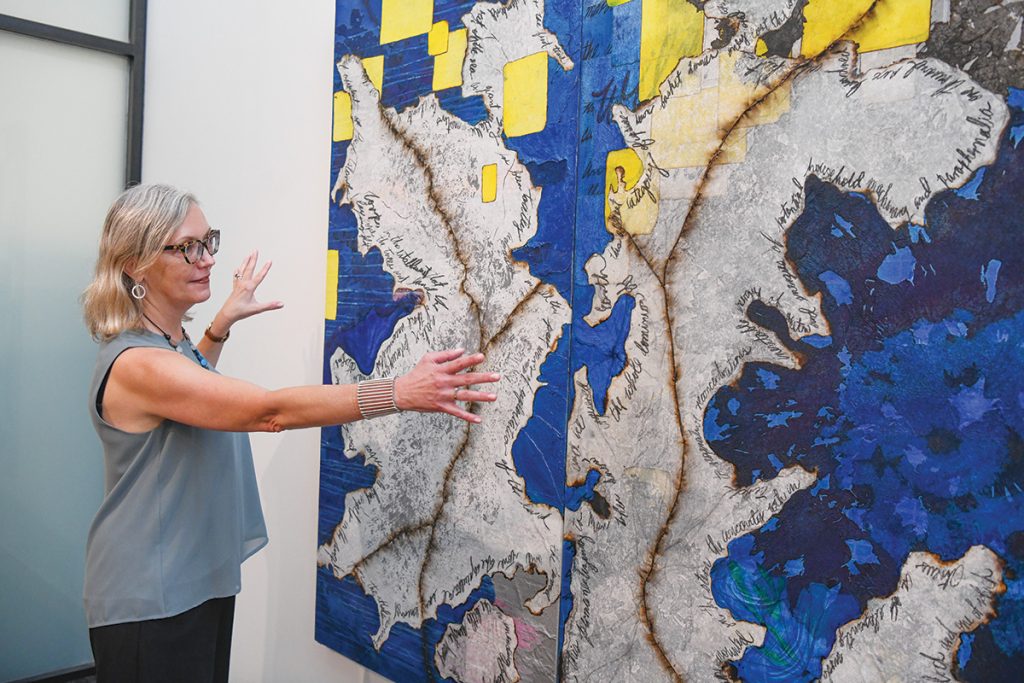
The finances of museums are as important as their return on mission and the way they serve their communities, because we need to continue to be able to accomplish our mission. And sustainability is something we have to be very concerned about as well. So on both fronts, we are recognizing that the old models are not necessarily relevant or sustainable anymore.
On the relevant side of things, the old model of the museum as it was established back during the Enlightenment and has continued ever since, with putting things on a pedestal, literally and metaphorically, and I tell you it’s important because it’s in the museum, and you come and look at it and do this [pantomiming genuflection] … that’s not working anymore. Younger generations engage looking experience.
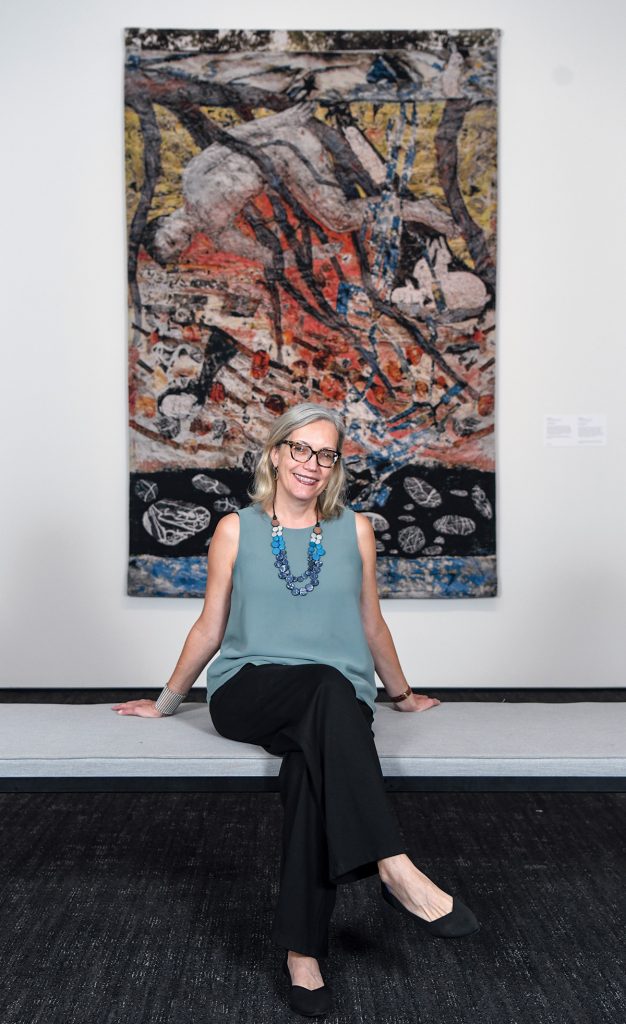
We museum professionals need to offer them more. We need to offer them the possibility to arrive at art and engage with it through multiple avenues. What I like is irrelevant, and is very different from what you like, or somebody else. Also, the way I learn is very different from the way somebody else learns. And if we don’t lower those barriers and create those avenues so that a wider population, so that the entire community, can come in, feel at home, not feel intimidated or that they don’t belong, and be able to participate and engage, then we will not be successful.
That’s the inflection point. I think we need to offer a new model of engagement in our museum, and I think the Boca Raton Museum of Art is eminently well positioned to do that because of where we are in our history, because of the type of collection we have, and the type of exhibitions we have been doing. We just need to wrap our heads a little bit differently in the way we package that information and present it to our public.
What is the area where the museum most excels, and where can it most use improvement?
Where we excel is a two-part answer. First, in our education, because not only do we have a good education department here at the museum, but we have an art school. And that combination is quite unique—definitely unique to the area, and not frequently seen elsewhere. And the other thing that we have been very good at is bringing interesting exhibitions to the community. What I would like to see more of, on the one hand, is a coordination between what we do at the art school and what we do at the museum so that people realize they are part of the same institution—which not everybody does—and leverage one another.
And I would like us to do a lot more with the collection—do exhibitions that are from the collection, and indeed grow the collection if at all possible. The other area that can use improvement is our marketing. We need to do better in marketing and social media and advertising, and create wide awareness of the museum.
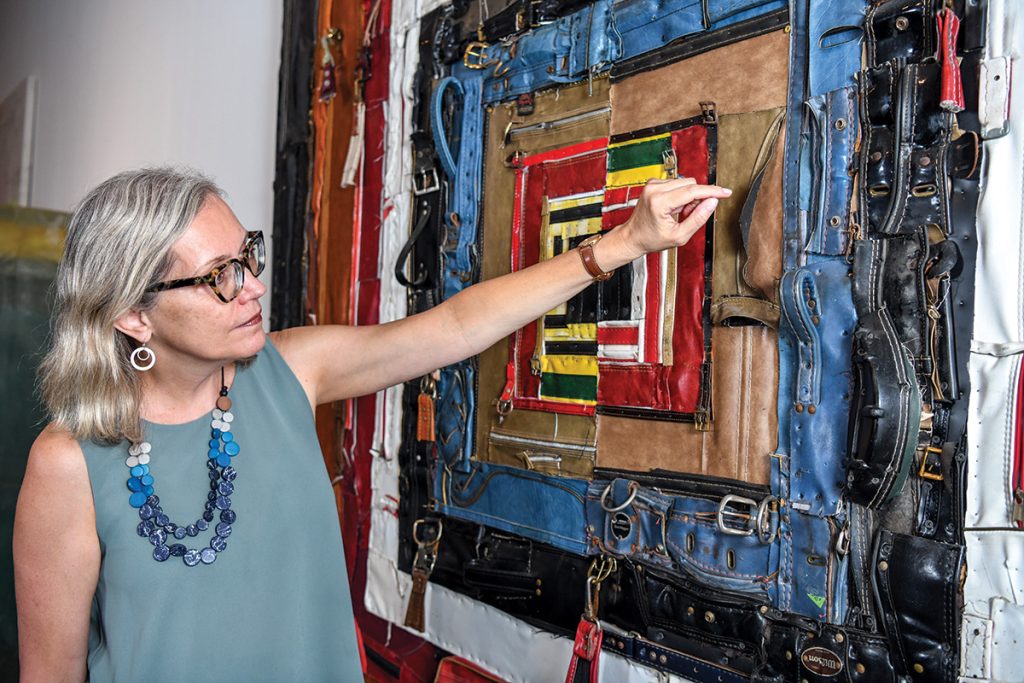
You had much success at Rollins, ballooning the attendance and greatly expanding its collection. Do you feel like this sort of growth is achievable here too?
I think it is totally achievable. I do hope that I’m able to leverage what I’ve learned there in the 12 years I was at Rollins to bring that same type of growth here as well. I think this community is definitely ready for a bigger impact of this museum and for a change. … What the Rollins experience has given me, which will be very valuable here, is the fact that we were a college art museum, so we operated on campus, but we were a community museum as well. But the fact that we were part of a college meant that we had to work really, really hard to engage students for whom art was not an interest. We worked with all the different disciplines and with all the faculty and the students. And so we had to effectively do that work of finding those roads that lead to engagement with art but don’t necessarily go through the aesthetics or through the history of art, and find those points of connection.
And I think that those are really applicable to a wider community and public, because again, not all of them are going to be like me when I was a little girl, and I would go with my mom to all the museums, because she took me to them and I happened to like it.
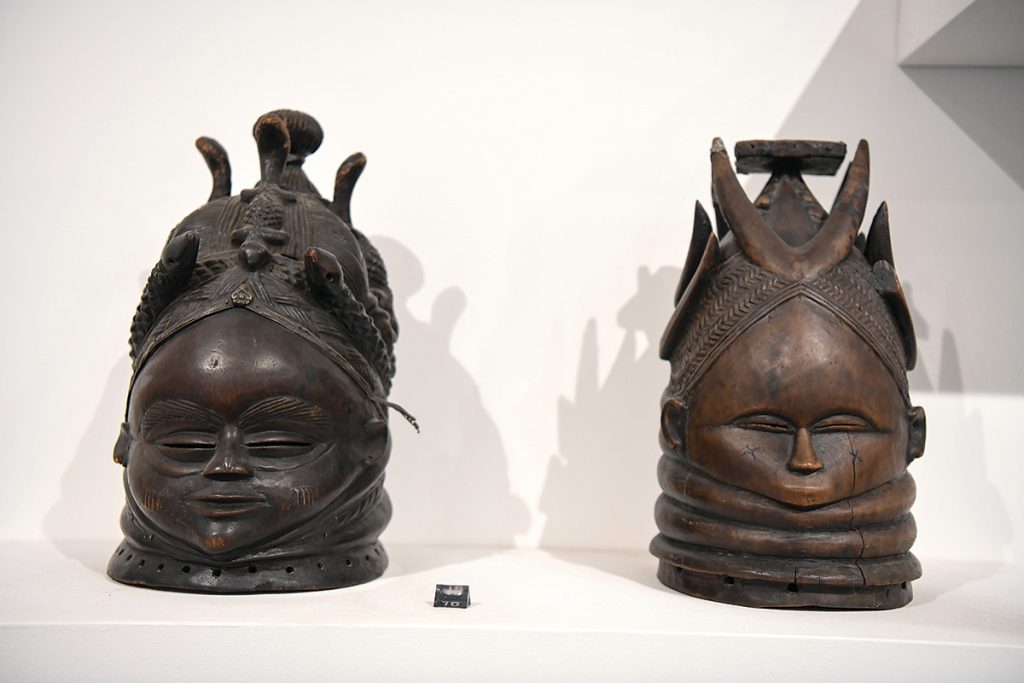
You’ve had an eclectic background in various styles and eras of art. Are there one or two that stand out as your favorites, and that you’d like to see represented here at the museum?
I don’t believe that the collection of a museum needs to reflect the director’s preferences. I think that here at the Boca Museum, we need to look at where our strengths are and further develop them. The strengths of our collection, the core of the collection, is 20th century works on paper—photography, prints, drawings—on both sides of the Atlantic, starting about 1870 and going through 1980 or so. And then contemporary art. But it’s that modern art that was the core of the collection when the museum started collecting, and that’s where we can continue to grow.
I studied late-Medieval Renaissance, but I’m not going to start collecting 14th century altarpieces because it’s something I wrote my dissertation on.
The museum recently closed an exhibition on Spanish Baroque art that fell outside the museum’s usual bailiwick. How well did it do?
It’s an extraordinary collection, chosen as the season exhibition for the 75th anniversary of the museum. It didn’t do as well as we had hoped, in terms of numbers. To me, it says that there is less appetite for Old Masters, or a particular type of Old Masters exhibition, in this region, or people are not used to seeing that, or affiliating that, with our museum, and perhaps that’s why they were not coming.
Is it important to push spectators outside of their comfort zone with some of your programming?
Yes, it is, and it’s a fine balance, because on the one hand, it is very important to find the ways to bring the audience in and make everybody comfortable to be here. But then, once they’re here, to me the importance and the raison d’être of a museum is education. I always joke that if you come to a museum and you learn one thing—and I don’t care what the one thing is, because it’s going to be different for everybody—it means that we will have done our job. So yes, I think that being able to not only engage and enjoy, but also learn, is a very important component of the museum experience.
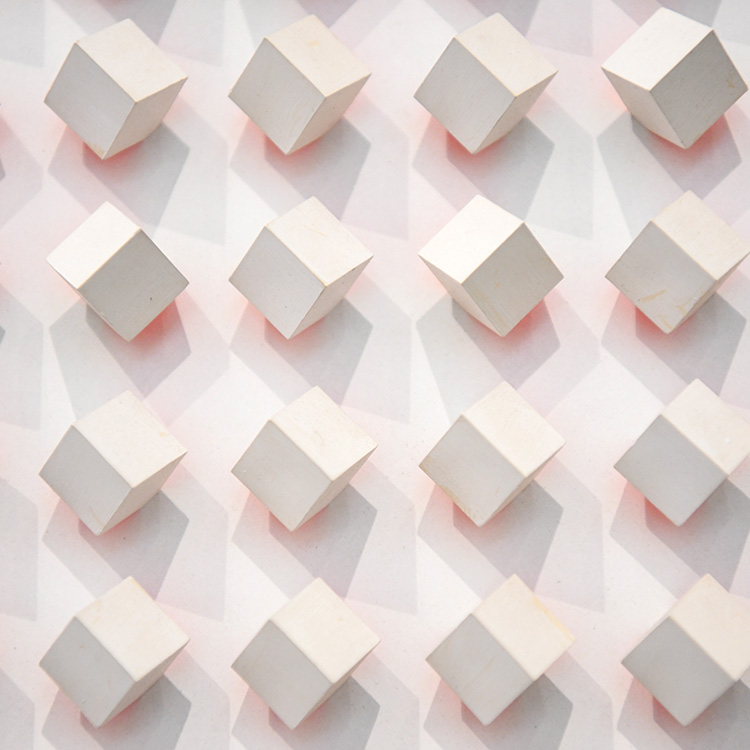

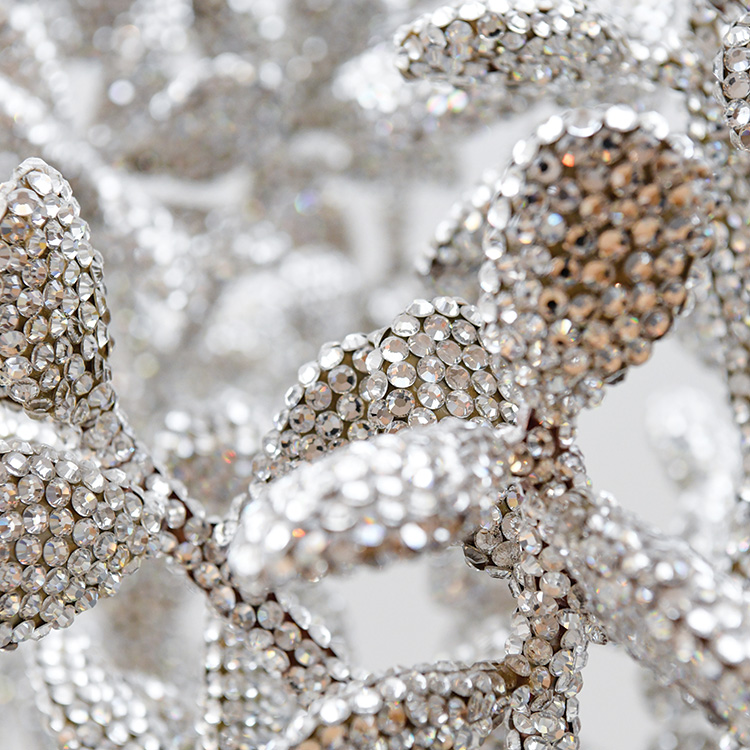
Can you give us a preview of what’s to come in the fall?
In the fall, we have a great exhibition on the art of Alphonse Mucha, the Art Nouveau Czech artist. What’s interesting about the exhibition is that it does not stop at the art of Mucha and turn-of-the-century Paris, but it follows his influence way into the 20th century, and possibly into the 21st, and the art of posters and other pop culture. It creates that relevance that this particular artist and art style that happened 100 years ago still has today in sometimes unexpected ways.
After that, we have a collage exhibit based upon works from the collection, and then there’s an exhibition in 2026 of jazz and artists who were part of the Beatnik Generation in the Bay Area, who documented visually some of what they were doing—connections with the literature and the writings of the period.
It’s impossible to know now where our economy will be in July when this article prints, but as of this writing we’re hearing the word “recession” a lot from pundits studying the numbers. Generally speaking, how do economic downturns affect museums, and is this something you’re prepared to confront?
I’ve been through one before; I was at the helm of a museum in ’08. This goes back to the beginning of our conversation and the idea of sustainability. I think we’re all bracing ourselves with relying a lot less on any government funding. We’re all looking at ways to increase our revenue streams as well as, in so far as possible, to increase philanthropy. Of course, we are lucky here, because we live in a very philanthropic and culturally sophisticated area, so that part is much better than in other parts of the country.
This story is from the July/August 2025 issue of Boca magazine. For more like this, click here to subscribe to the magazine.

